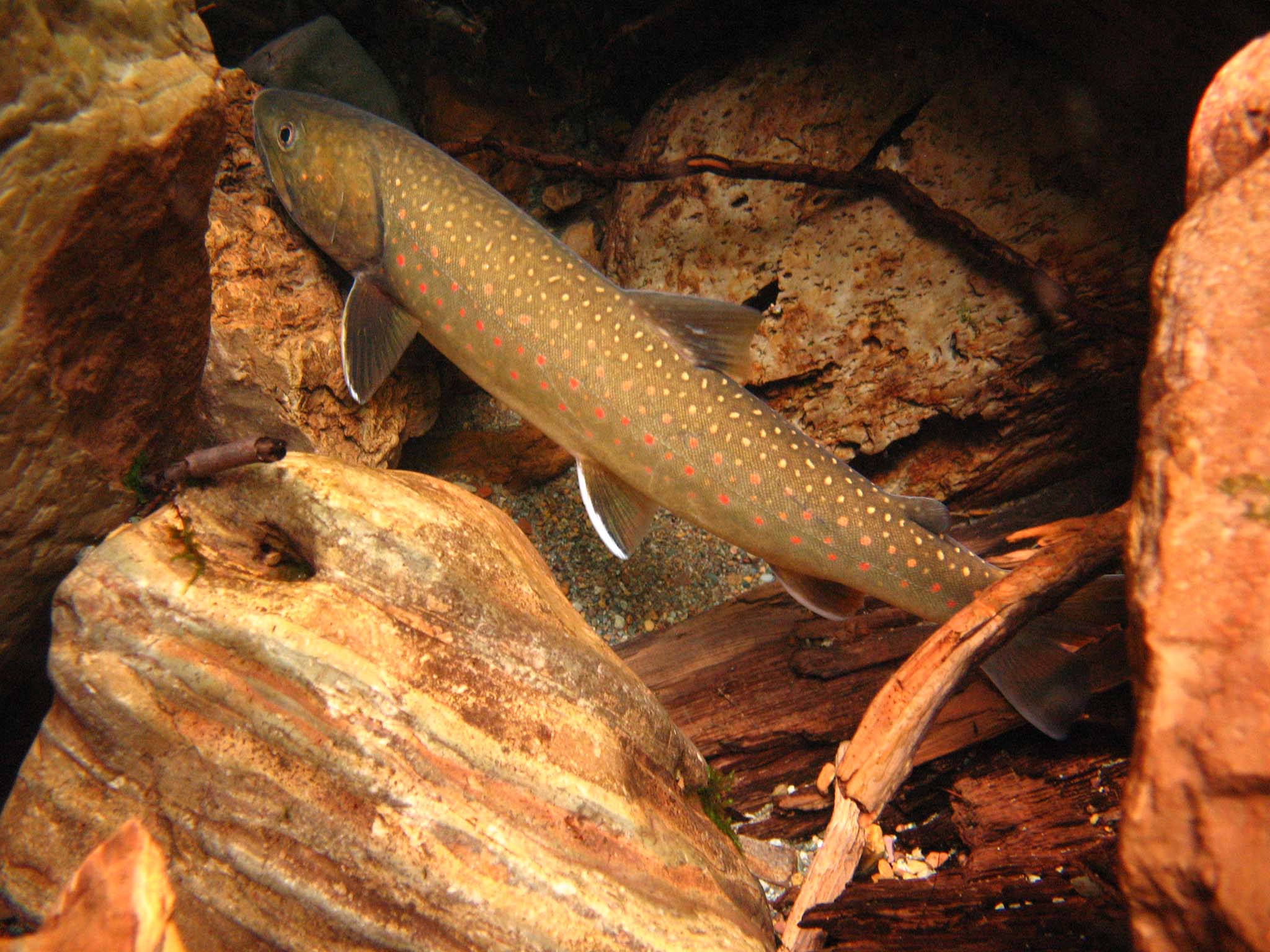Ninemile Creek rewinding. (Trout Unlimited/USFS)
Clark Fork River

Overview
The Clark Fork River Basin of Montana is home to native Westslope cutthroat and bull trout strongholds in the Flint Rock, Blackfoot River, Middle Clark Fork, and Bitterroot watersheds. Trout Unlimited works to preserve and enhance the basin from the headwaters near Butte all the way West to the Idaho border. This work includes rehabilitating the largest geographic complex of Superfund sites in the country, mitigating impacts of historical mining activity, reconnecting tributaries, and addressing impacts of non-native species. Long-term partnerships with federal natural resource agencies like the U.S. Forest Service drive much of our work in tributaries of the Clark Fork like Ninemile and Rattlesnake Creek near Missoula.
Rattlesnake Creek

Rattlesnake Creek flows free after removal of a dam dating to 1904. (Trout Unlimited)
Rattlesnake Creek near Missoula is one of the prime Westslope cutthroat and bull trout spawning tributaries on the Clark Fork. In 2020, Trout Unlimited and Montana Trout Unlimited partnered with Montana Fish, Wildlife and Parks, and the City of Missoula to remove Rattlesnake Dam, which dated to 1904. This work restored the natural river connection between headwaters in the Rattlesnake Wilderness with the Clark Fork River. We are restoring 1,000 feet of stream channel, creating five acres of wetland and floodplain, and building new trails and kiosks.
Ninemile Creek Restoration

We’re rewinding and rewilding Ninemile Creek, which had been straightened by historic mining operations. (Trout Unlimited)
Years of extensive mining left a mess of dredge piles, ponds, and severely degraded fish and wildlife habitat in Ninemile Creek, part of the Middle Clark Fork watershed. Trout Unlimited is working with partners to restore and rehabilitate wildlife habitat and water quality in the area. The work, which began in 2004, includes regrading mine piles, filling abandoned dredge pits, building new stream channels, and reconnecting floodplains and riparian-wetland areas.
Flat Creek

Finishing the cleanup of Flat Creek in Montana. (Paul Parson/Trout Unlimited)
For decades, toxic mine tailings were deposited in Flat Creek, a Clark Fork tributary, and the town of Superior, Mont. In 2009, the watershed and the town were listed as Superfund sites. The EPA conducted clean-up activities, but funding ran out before the project was finished. TU is working with the Forest Service and local contractors to finish the job. With this $1.3 million project, we are removing up to six feet of toxic tailings, sealing them in a nearby repository, and restoring the creek and its floodplain. This work is removing an ongoing threat to the health of the Superior community, cleaning up pollution, and restoring a creek that harbors a genetically pure strain of Westslope cutthroat trout.
Warm Springs

Bull trout. (Lolo National Forest)
Around Warm Springs near Anaconda, Mont., dams, pipelines, and irrigation diversions isolate parts of the watershed. This is preventing fish movement and stressing native Bull trout populations, which are in steady decline as a result of habitat fragmentation, environmental degradation, competition with other species, fish barriers, and increased sedimentation. TU’s projects in Warm Springs include upgrading fish screens, road stream crossings, and irrigation diversions. In all, the project is reconnecting 64 miles of Warm Springs bull trout habitat.





